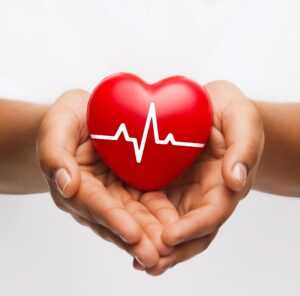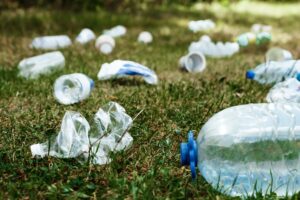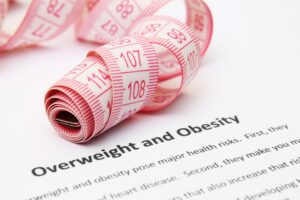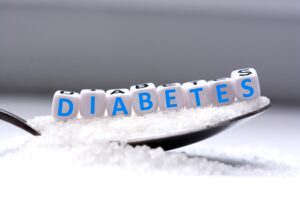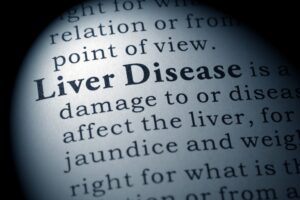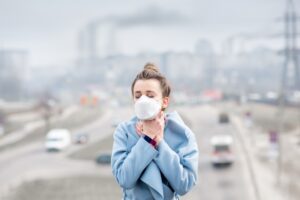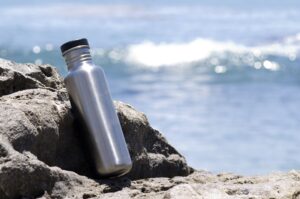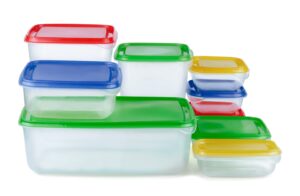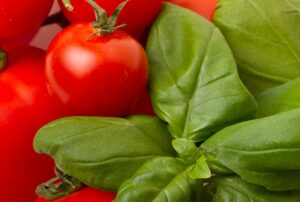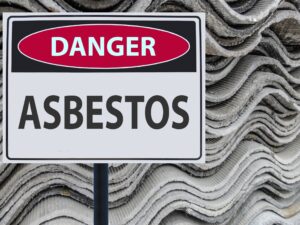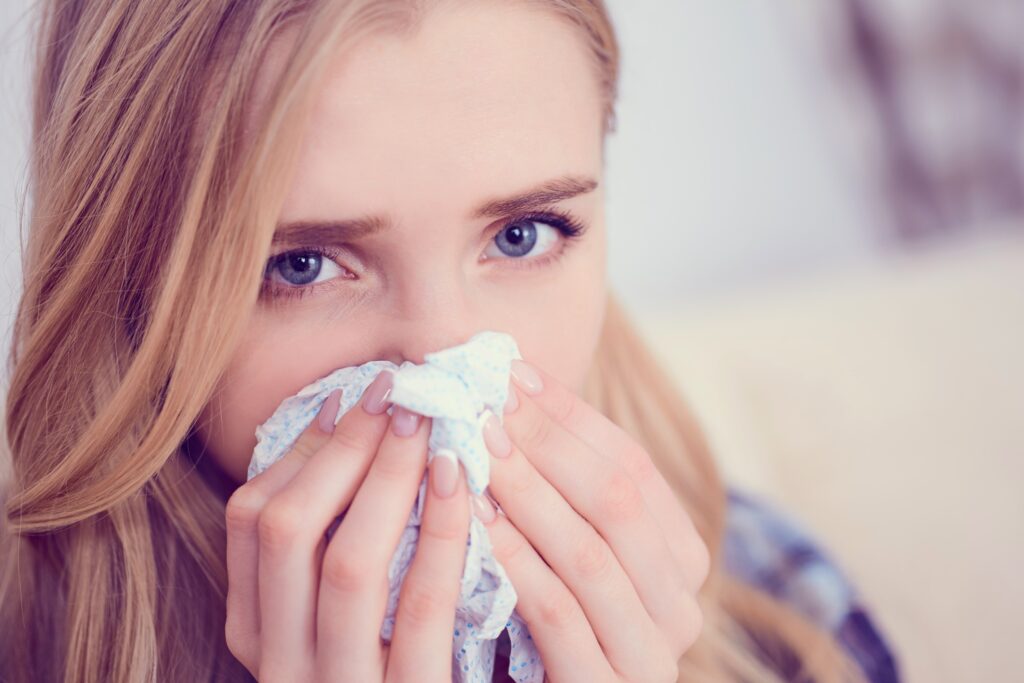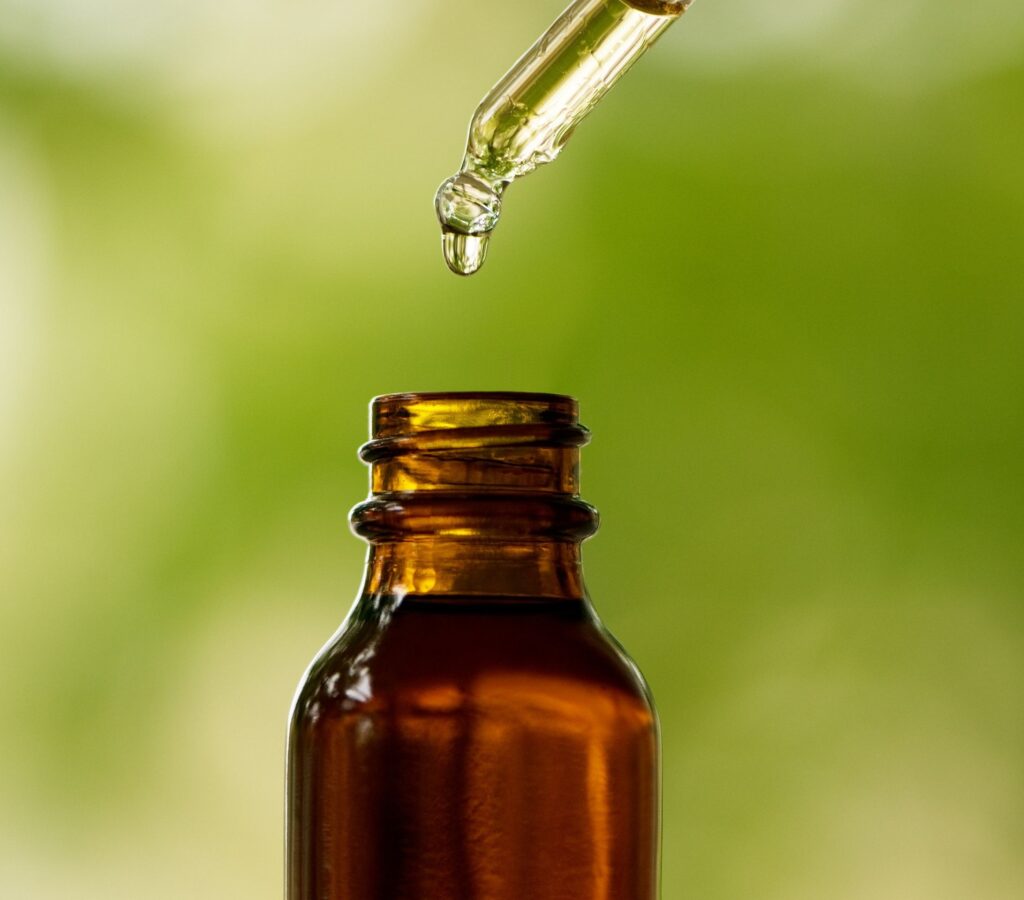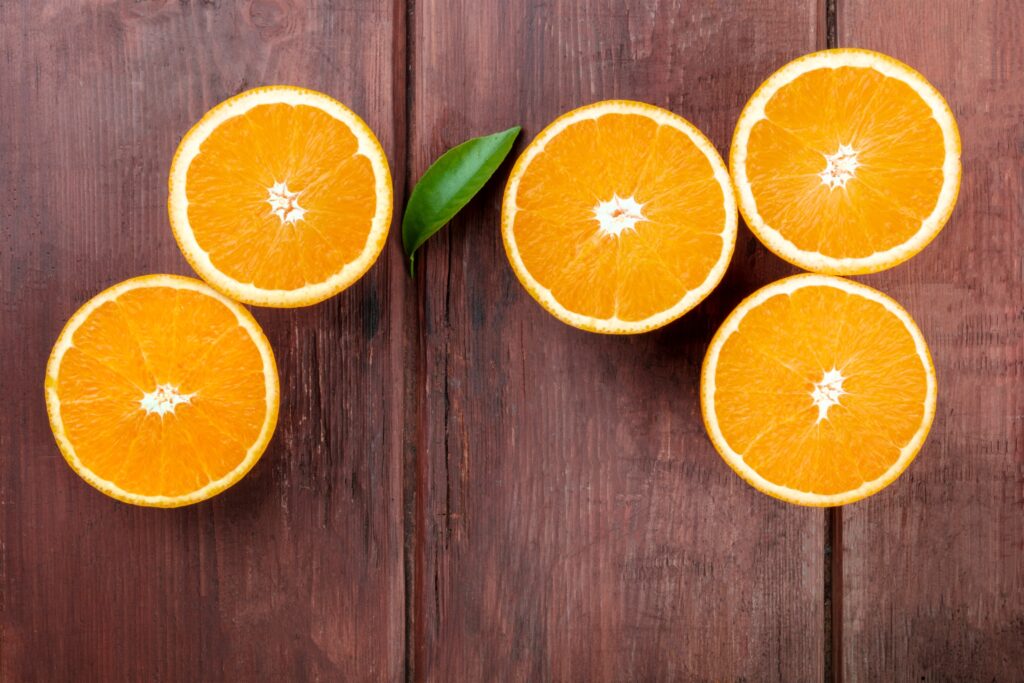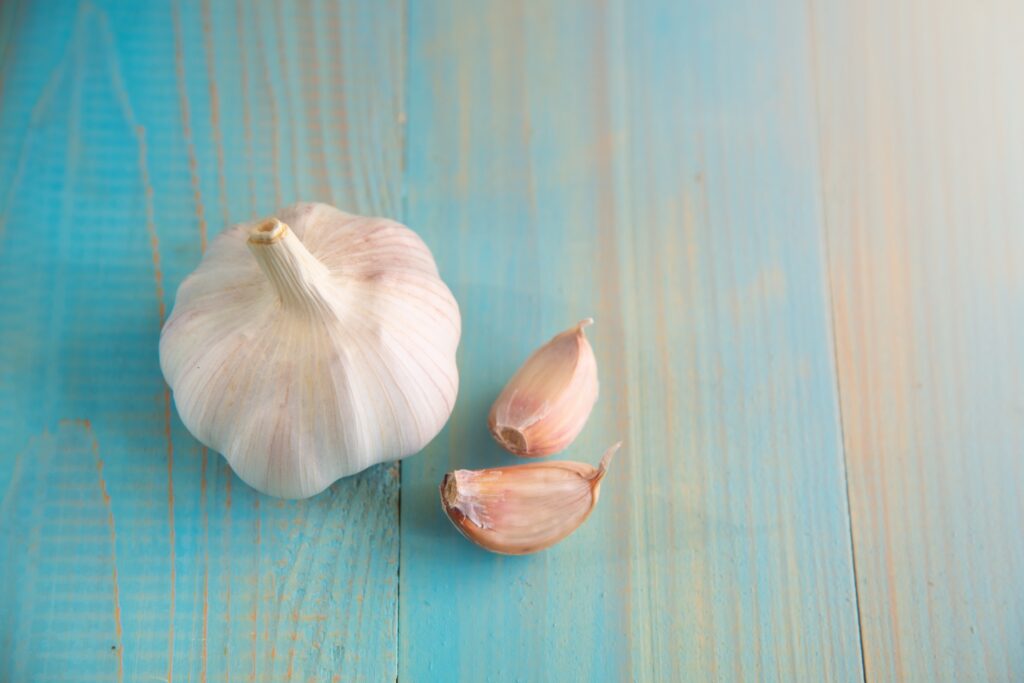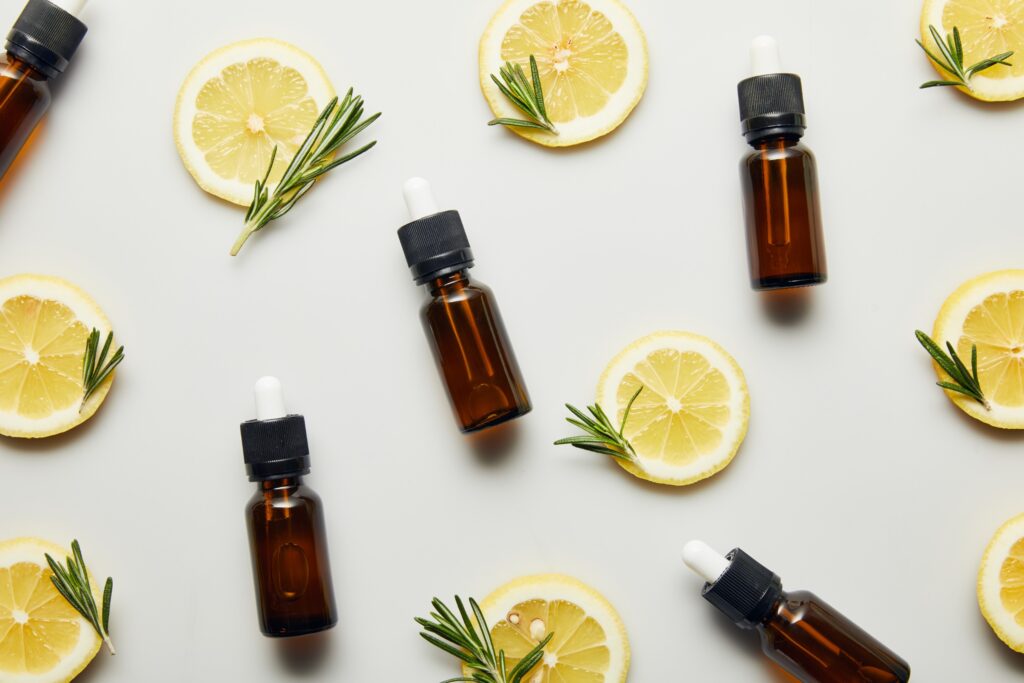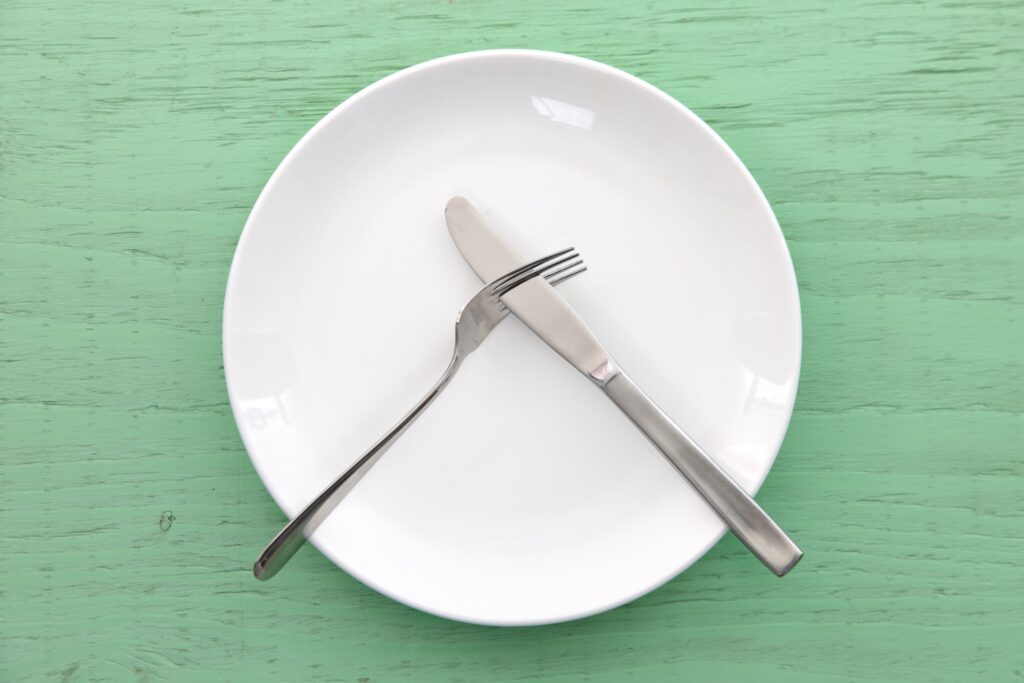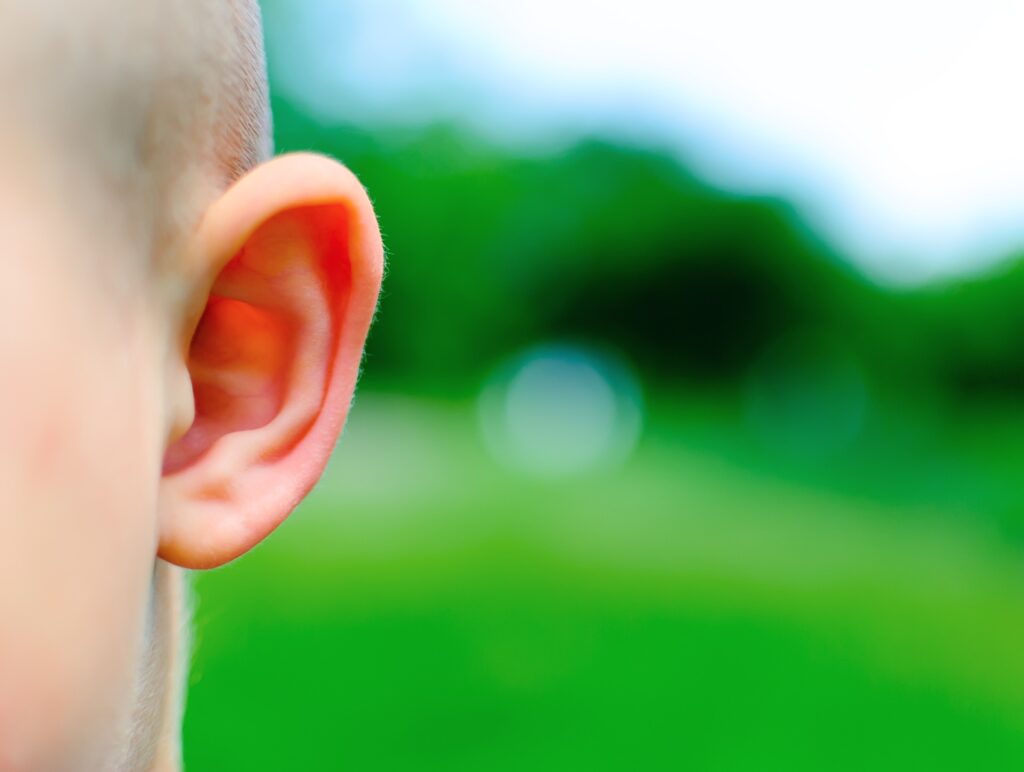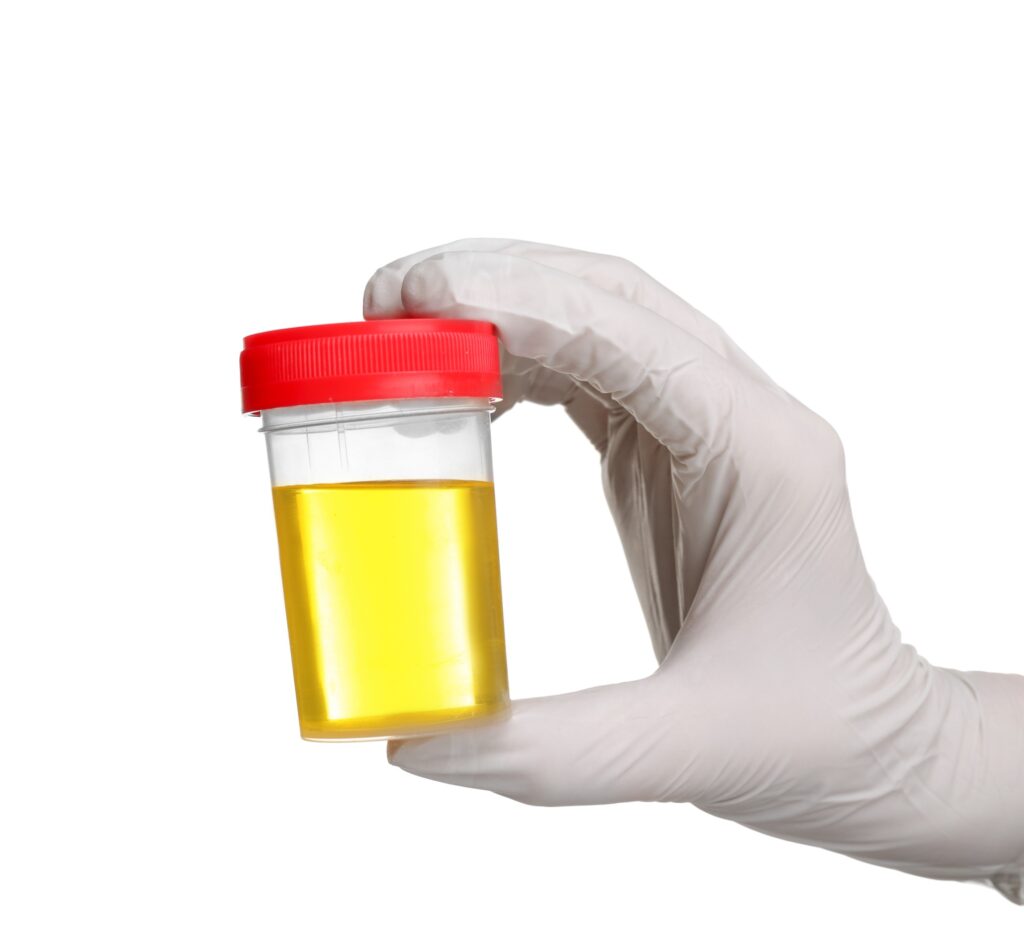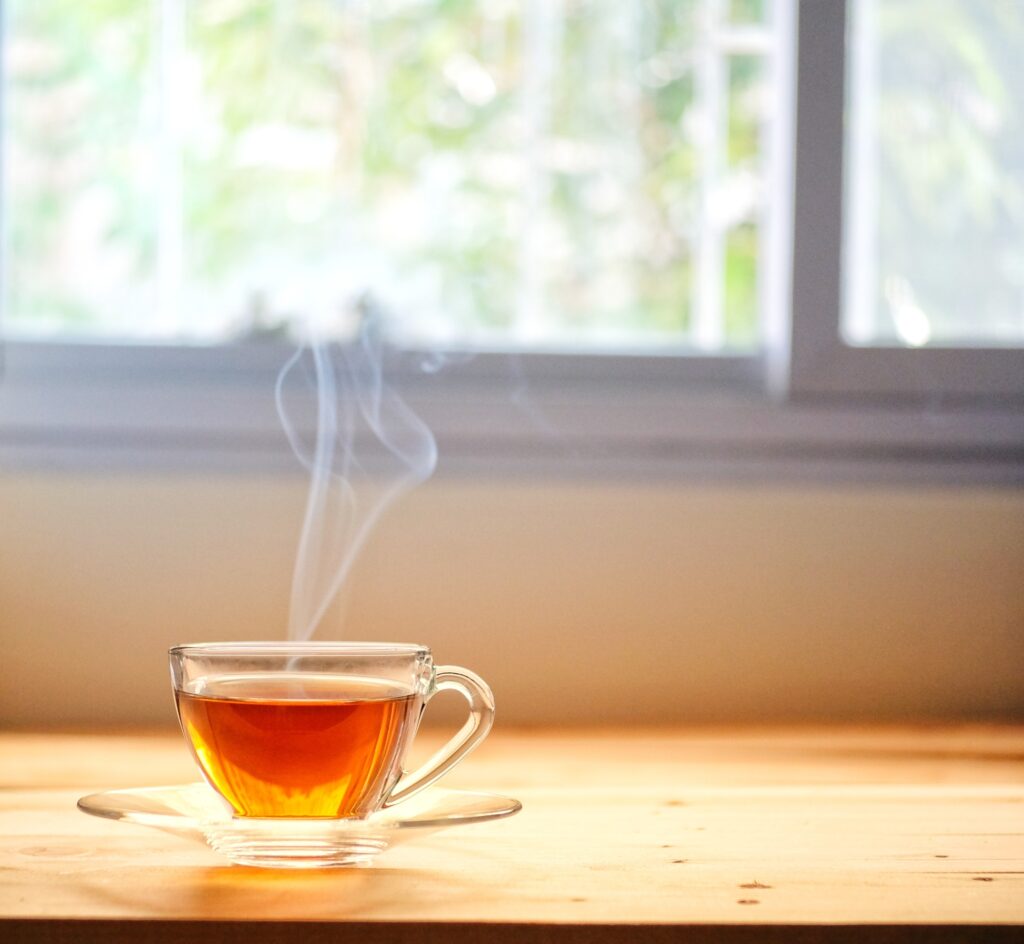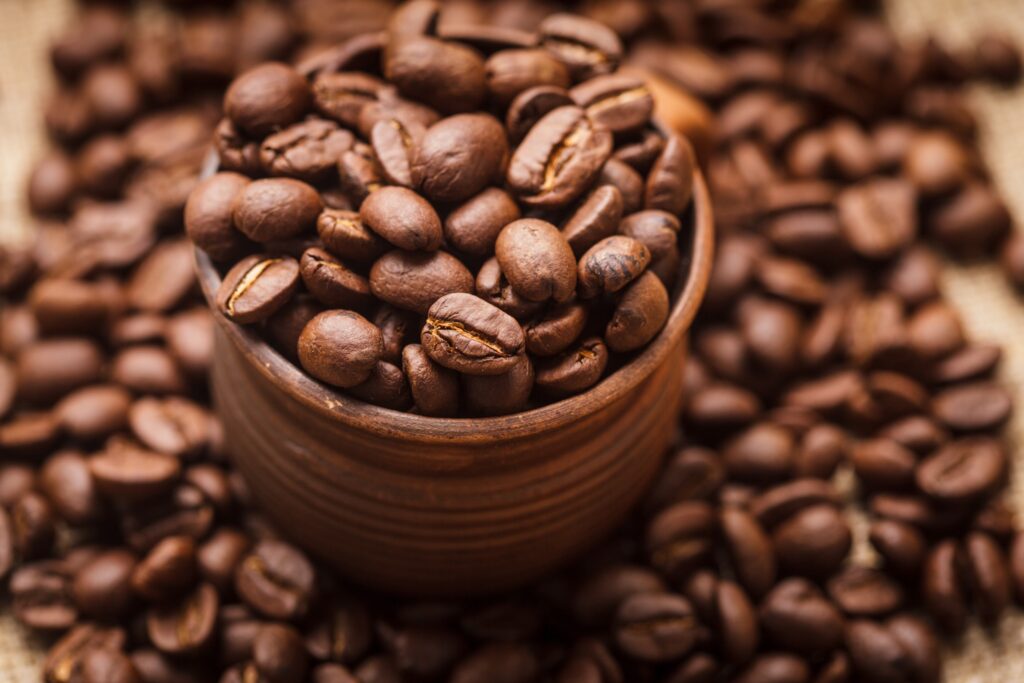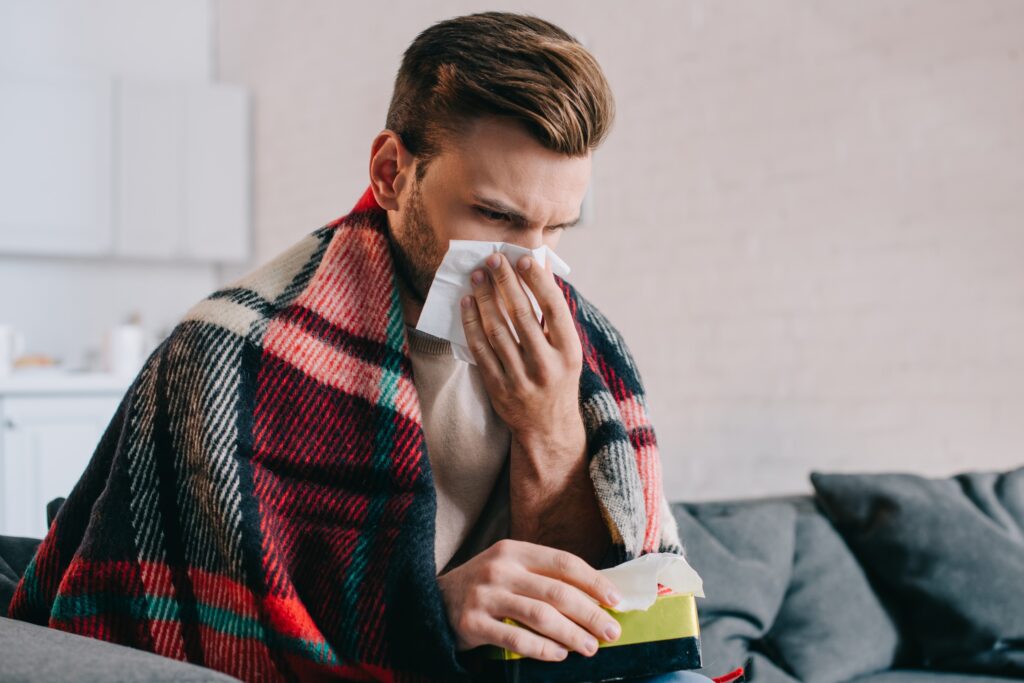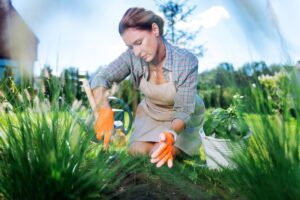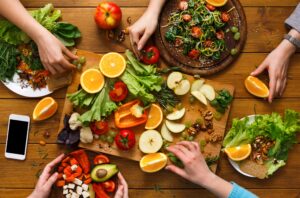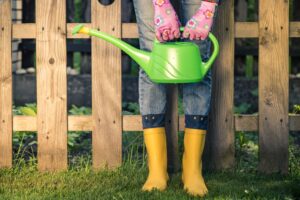8 Old-School Habits to Try for a Happier Life

In our fast-paced, technology-driven world, sometimes the key to a happier life lies in the wisdom of the past. Many of us yearn for simpler times, and integrating old-school habits into our modern routines can provide a sense of grounding and joy that contemporary lifestyles often lack. Here, we explore eight timeless habits that can help promote a happier, more fulfilling life.
1. Writing Letters by Hand

Before emails and text messages, people relied on handwritten letters to communicate. Writing a letter by hand is an intimate and personal way to connect with someone. It requires time and thought, which adds a level of depth to the communication that digital messages often lack. Plus, sitting down to write with pen and paper encourages mindfulness and can be a therapeutic process. Also, receiving a handwritten letter is equally special, providing a tangible expression of care that can be cherished and preserved.
2. Cooking Meals from Scratch

The old-school habit of cooking meals from scratch is not only healthier but also a more engaging and satisfying experience. In today’s fast-food culture, taking the time to prepare your meals allows you to control the ingredients, avoid processed foods, and connect with the culinary traditions of your family or culture. Cooking can also be a meditative and creative process, offering a break from the mental clutter of everyday life. Additionally, sharing these meals with family or friends strengthens bonds and nurtures relationships, reinforcing community and togetherness.
3. Reading Physical Books

While e-books and audiobooks offer convenience, there is something uniquely comforting about turning the pages of a physical book. The tactile experience of reading – feeling the paper and seeing your progress as you flip through pages – can enhance your focus and retention of the material. Plus, dedicating time to disconnect from digital devices and engage with a physical book can reduce stress, improve mental clarity, and even help you sleep better.
4. Spending Time in Nature

Spending time outdoors and reconnecting with nature is an old-school habit that profoundly benefits physical and mental health. Activities like hiking, gardening, or simply walking through a park can reduce anxiety, enhance mood, and improve physical well-being. In many cases, nature has a way of putting life’s problems into perspective. Plus, it can inspire a sense of wonder and tranquility that is often lost in urban or digital environments.
5. Practicing Regular Courtesy

Manners and courtesy might seem old-fashioned, but they play a crucial role in smoothing social interactions and building respectful communities. Practices like saying “please” and “thank you,” holding doors open, and showing politeness in conversation not only make others feel valued but also increase your own sense of self-respect and happiness. Additionally, regular courtesy can create a positive feedback loop in social interactions, making daily life more pleasant for everyone involved.
6. Keeping a Personal Diary

Journaling or keeping a personal diary is a time-honored method for self-reflection and emotional processing. Writing down your thoughts and feelings regularly helps manage anxiety, reduce stress, and provide a greater sense of control over your life. Plus, this practice can help you disconnect from the hustle of modern life and reconnect with your inner self, facilitating personal growth and self-awareness.
7. Listening to Vinyl Records or Playing Instruments

There’s a certain magic in listening to vinyl records or playing musical instruments that digital formats and playback devices cannot replicate. The ritual of selecting a record, placing the needle, and listening to the analog sound creates an immersive experience that can be profoundly soothing and rejuvenating. Similarly, playing an instrument engages your brain in a way that listening passively to music doesn’t, providing mental stimulation and emotional release.
8. Engaging in Face-to-Face Conversations

In an era of social media and instant messaging, face-to-face conversations are becoming a lost art. Engaging in direct, in-person communication fosters stronger connections and more meaningful relationships. Additionally, it allows for the expression of emotions and nuances that electronic communication often misses. By making an effort to connect personally with friends, family, and even strangers, you enrich your social life and deepen your understanding of others.
Give These Old-School Habits for a Happier Life a Try Today!

These eight old-school habits can lead to a richer, more satisfying life. Each one encourages a slower, more deliberate pace of life that helps cultivate happiness, health, and well-being. By incorporating these practices into your daily routine, you can enjoy the benefits of a simpler time adapted to the complexities of modern life. So why not try adopting some of these old-school habits? You might discover that they bring a surprising amount of joy and contentment to your life, helping you lead a happier and more connected existence.
Read More:
12 Unexpected Health Benefits of Gardening That Go Beyond Fresh Produce



